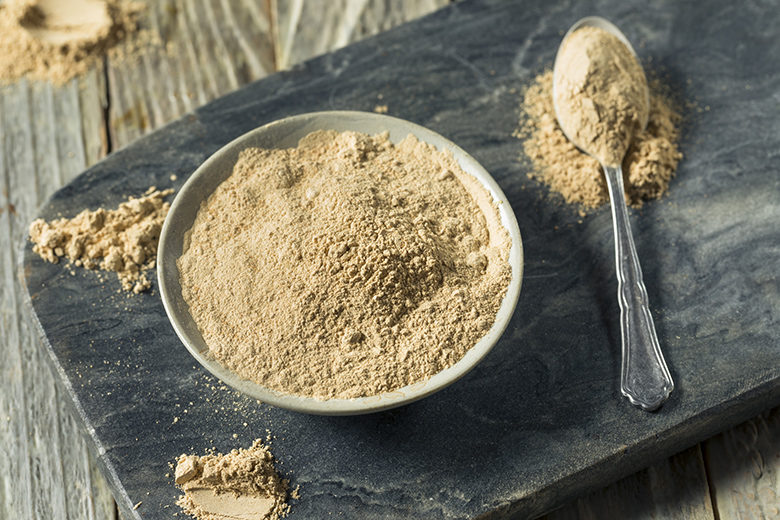
A friend of mine asked, “Is it good to take maca? The vendor at the healthy food store said it has a lot of benefits.” Even though maca comes from Peru and I practice in South America, I told her the truth: “I don’t know!”
Then, I started to look for evidence about it. If you — like me — have heard of maca but don’t know much about it, here are four things to know. ![]()
Maca Has a Long History as a Food and Supplement
This small turnip-like root has been cultivated for thousands of years in the Peruvian Andes, as far back as the Incas. Today, maca powder is sold around the globe, touted as a superfood. There are several different types of maca, including yellow, black and red.
Maca products can be purchased online or in health food stores, and come in a variety of forms, including maca root powder, gelatinized maca capsules, liquid extracts and mixed with other products such as cocoa. With its nutty and earthy flavor, maca powder can be added to juices, yogurt, smoothies, soups, salads and baked goods.
Maca Powder’s Nutritional Qualities
Maca powder contains carbohydrate (65 to 75 percent), protein (9 to 13 percent), fat (0.6 to 0.9 percent) and fiber (4 to 8 percent, mainly cellulose and lignin). A 15-gram serving is high in copper and manganese, and a good source of vitamin B1 and iron. It also contains trace elements, plant sterols and glucosinolates (compounds believed to have anticancer properties). The main bioactive substance is said to be an alkaloid known as macaridine.
Maca Powder’s Reported Benefits
Promoted for its revitalizing effects and believed to give a burst of energy, maca powder is sort of like a Latin American ginseng. ![]() The other claimed (yet unconfirmed) benefits include:
The other claimed (yet unconfirmed) benefits include:
- Increased endurance, libido and fertility
- Improved general hormone balance
- Reduced depression
- Improved cognitive function
- Strengthened immune system
- Delayed aging of skin tissue and organs
What the Evidence Says
A recent double-blind, randomized controlled trial evaluated the effects of maca on fertility in healthy adult men. The study found that sperm concentration and motility showed rising trends compared to placebo, even though levels of hormones did not change significantly after 12 weeks of trial. But this was a pilot study with a small sample of just 20 participants and it is unknown if this translates to improved fertility.
A different trial concluded that maca root may alleviate antidepressant-induced sexual dysfunction in postmenopausal women. The mechanism by which maca exerts its aphrodisiac and fertility-enhancing properties is unclear, but might be related to an androgenic mechanism that does not affect hormone levels.
More evidence is needed to rate maca for these uses.
A recent narrative review from Peruvian scientists suggests that different types of maca have different biological effects: black maca is reportedly more effective in terms of production of sperm, memory, glucose control and physical endurance; red maca reportedly has beneficial effects on benign prostatic hyperplasia and osteoporosis. However, more rigorous clinical studies are needed to confirm maca’s role in metabolism, and its benefits and potential toxicity.
So, what did I finally tell my friend? Maca root is an ancient food that can be used as a supplement with potential benefits on general health, mainly stamina and libido, but more evidence is needed before recommending its general use.






